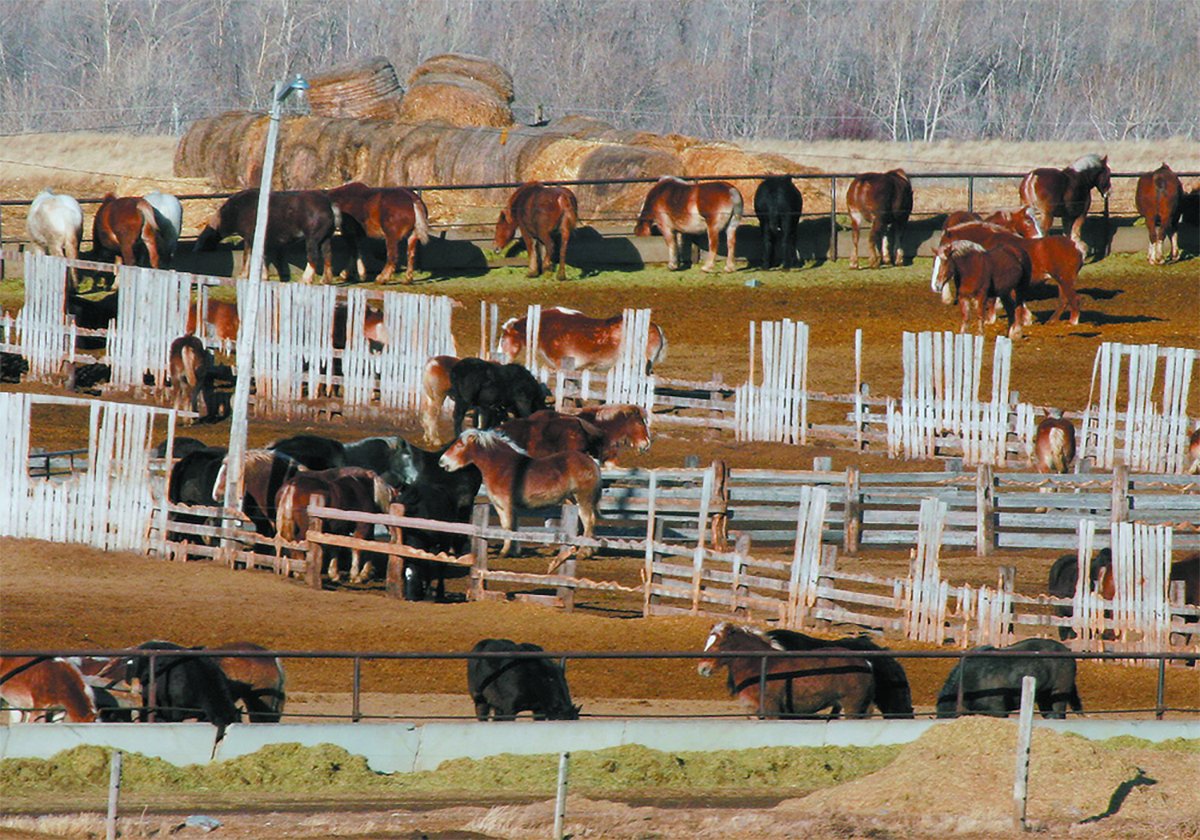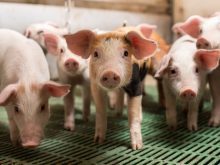PENTICTON, B.C. – Ship the heifers or breed them? That’s the question many cattle producers may ask themselves this fall.
With fewer breeding females, the calf supply is down. Feeder prices bear watching since there won’t be as many around, said market analyst Anne Dunford of Canfax.
“There will be fewer cattle on feed and fewer numbers to put on feed,” she said at the recent Canadian Cattlemen’s Association convention in Penticton, B.C.
Canada has killed record numbers of females and that is continuing this year. The 15-year average has 65 percent of the heifers killed but in 1998, 85 percent were sold and 1999 appears to be following a trend that started in 1996.
Read Also

Canada’s slaughter horse industry lacks transparency
The lack of clear reporting and public access to data keeps the industry largely hidden, leaving questions about humane treatment and traceability unanswered.
The cow kill is below average at about 10 percent going to market.
Yet better prices on D1 and D2 cows this summer pulled more in from the country. Some movement has also been spurred by drought spots in northern Alberta where pastures have dried up and been closed due to lack of grass.
Bred cow prices this fall are averaging around $900 but may go up as people start looking to rebuild production for 2001 and beyond.
These high levels of slaughter have resulted in another year of phenomenal growth in meat production, said Dunford.
Last year Canada produced nine billion pounds of beef, pork and poultry. Canadians eat about 150 pounds of meat per year and a third of that, or 49 lb., is beef. Some recent figures show beef movement and consumption is starting to improve.
The total amount of beef available should start to drop in the next two years because there are fewer females around to produce calves.
The year 2001 is expected to be the cycle’s low where supplies are most scarce, so prices should start to improve.

















